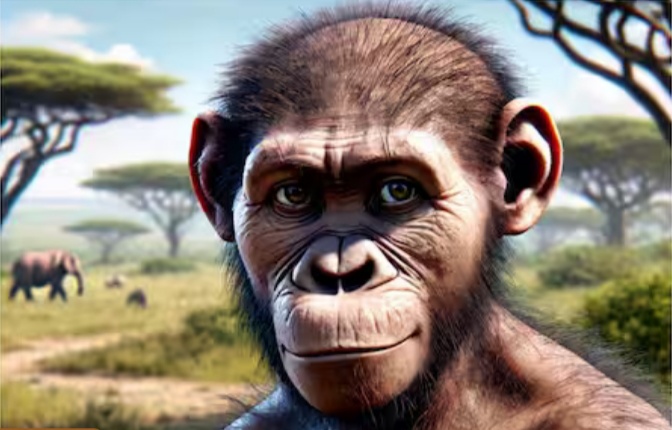The origin of the first human is a topic of ongoing scientific research and debate. However, according to the most widely accepted scientific theory, humans evolved from a common ancestor with other primates in Africa.
The earliest human-like species, such as Sahelanthropus tchadensis, appeared around 7 million years ago. However, the first species to be considered truly human, Homo sapiens, emerged around 300,000 years ago in Africa.
As for the “first” human, it’s difficult to pinpoint a single individual. However, one of the most famous early human ancestors is:
- Lucy: A 3.2 million-year-old skeleton of the species Australopithecus afarensis, discovered in Ethiopia in 1974. Lucy is considered one of the most significant discoveries in the field of paleoanthropology.
Other notable early human ancestors include:
- Taung Child: A 2.8 million-year-old skeleton of the species Australopithecus africanus, discovered in South Africa in 1924.
- Homo erectus: A human ancestor that lived around 1.8 million to 50,000 years ago, found in Africa, Asia, and Europe.
Types of human

The earliest human-like species, such as Sahelanthropus tchadensis (7 million years ago) and Australopithecus afarensis (3.9-2.9 million years ago), exhibited a mix of primitive and human-like characteristics. Here are some of the key symptoms or characteristics:
Physical Characteristics:
- Upright posture: Early human-like species began to walk upright on two legs, freeing their hands for other tasks.
- Bipedalism: This upright posture led to changes in the pelvis, leg bones, and foot structure.
- Brain size: Early human-like species had smaller brain sizes compared to modern humans.
- Dental structure: They had a mix of primitive and human-like dental features.

Behavioral Characteristics:
- Tool use: Early human-like species began to use simple tools, such as stones and sticks.
- Omnivorous diet: They likely ate a mix of plants, fruits, and animals.
- Social behavior: Early human-like species may have lived in small groups, with some evidence of social interaction and cooperation.
Other Characteristics:
- Communication: Early human-like species likely communicated using a combination of vocalizations, gestures, and facial expressions.
- Cognitive abilities: They may have had some problem-solving abilities and memory.
Keep in mind that these characteristics are based on fossil evidence and scientific interpretations, and our understanding of early human-like species is constantly evolving.


